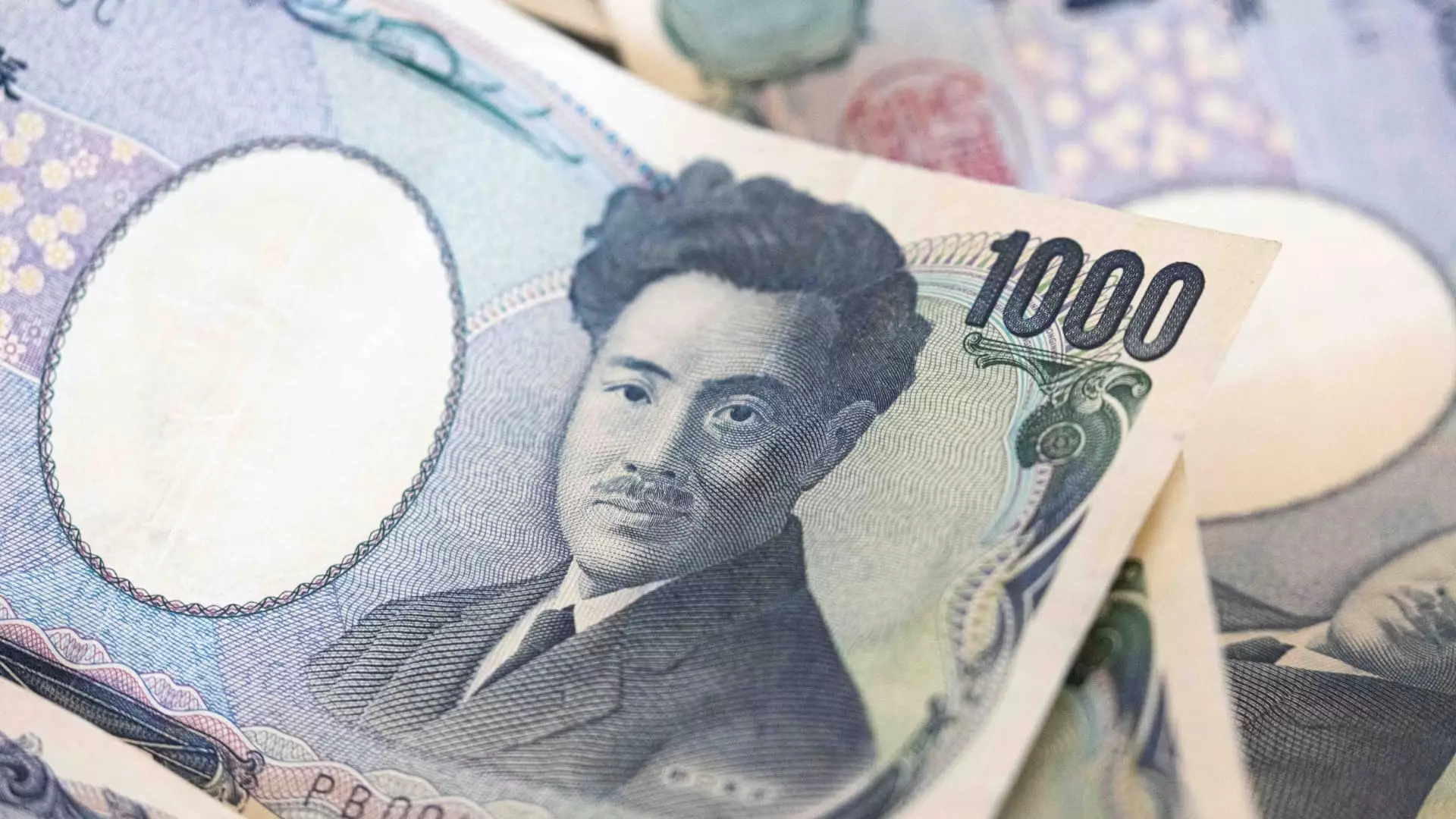The Japanese yen has been experiencing significant fluctuations against the U.S. dollar, with the exchange rate recently hitting 160.03, the weakest level since April 1990. The currency’s slide can be attributed to various factors, including the Federal Reserve rate cut expectations being pushed back, continued strength in the greenback, and the Bank of Japan’s decision to end its negative interest rate regime in March. These factors have created an environment where the yen has been trading around 150 or weaker against the dollar.
Authorities’ Response to Currency Volatility
Japanese authorities have been closely monitoring the situation, with some market watchers speculating that intervention would occur at the 155 level. However, as the yen slid past this mark, officials have refrained from making any official announcements regarding bolstering the currency. Instead, officials seem more focused on the volatility in the currency rather than specific exchange rate levels.
Vincent Chung, an associate portfolio manager at T. Rowe Price, mentioned that the pace of depreciation is less than in previous years, which could result in a less intense intervention response. Option pricing suggests that markets are anticipating potential intervention following the Bank of Japan’s upcoming May meeting. While there is no specific “line in the sand” for yen intervention, experts believe that sustained depreciation may not trigger significant resistance from Japanese authorities.
Implications of Yen Weakness
Despite concerns about the weakening yen, experts have noted that the current situation has had some positive impacts. Yen weakness has contributed to improvements in stock performance, encouraged corporations to raise wages, and brought the country closer to the Bank of Japan’s inflation target of 2%. However, there are also risks associated with further yen depreciation, including the potential for the currency to weaken to 200-220 against the greenback if no fundamental changes occur.
Jesper Koll, an expert director at Monex Group, expressed skepticism about the effectiveness of intervention, stating that it could be a waste of Japan’s national assets. Koll suggested that intervention would only be justified in the event of a genuine speculative attack on the currency. Speculators view intervention as “free liquidity” and believe it will continue unless there are clear signals from the Federal Reserve or the Bank of Japan regarding policy adjustments.
The recent volatility in the Japanese yen highlights the complexities of exchange rate dynamics and the challenges faced by policymakers in managing currency fluctuations. While yen weakness has had some positive effects, such as boosting stock performance and supporting wage growth, there are concerns about the potential impact of further depreciation. Japanese authorities will need to carefully assess the situation and consider the implications of intervention on the country’s economy and financial stability. As global economic conditions continue to evolve, the future trajectory of the Japanese yen remains uncertain, requiring vigilance and proactive measures to address any potential risks.


Leave a Reply